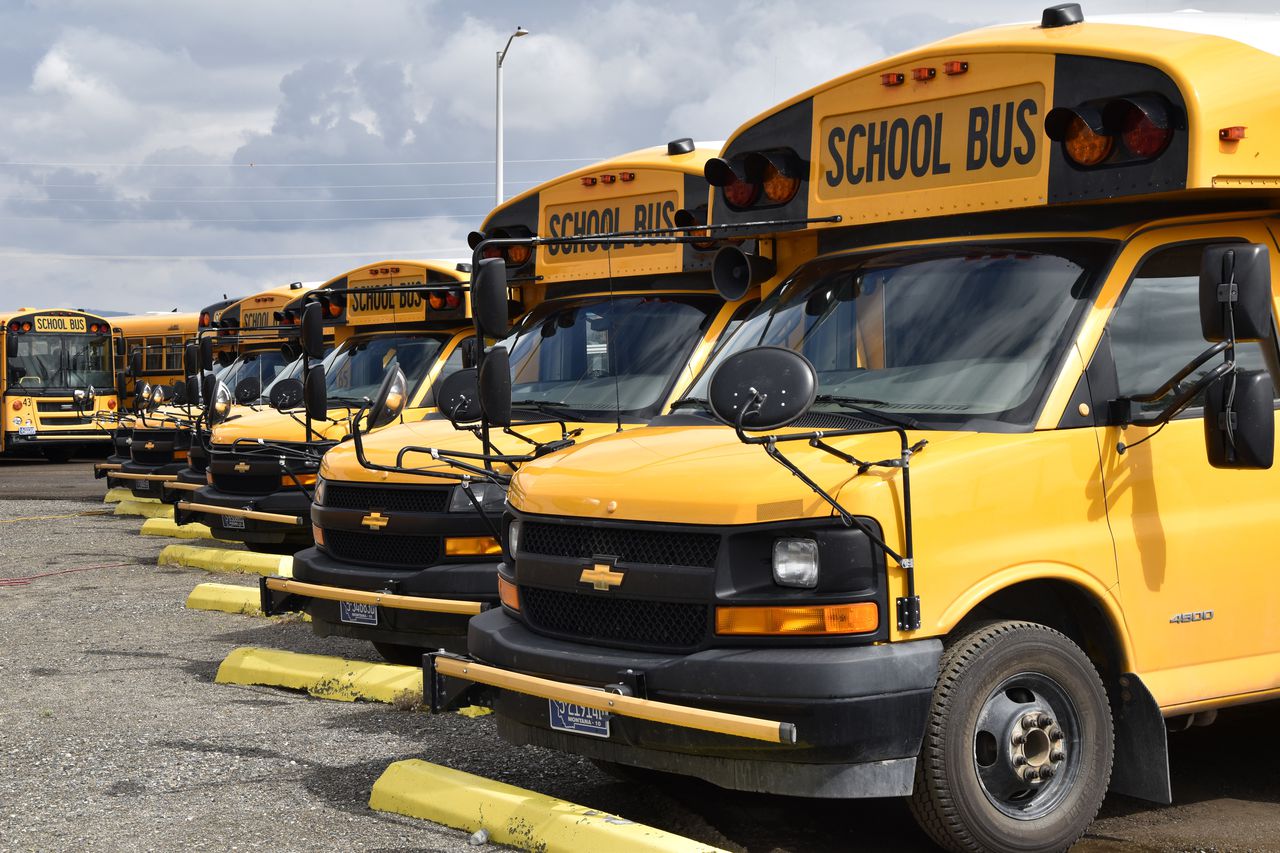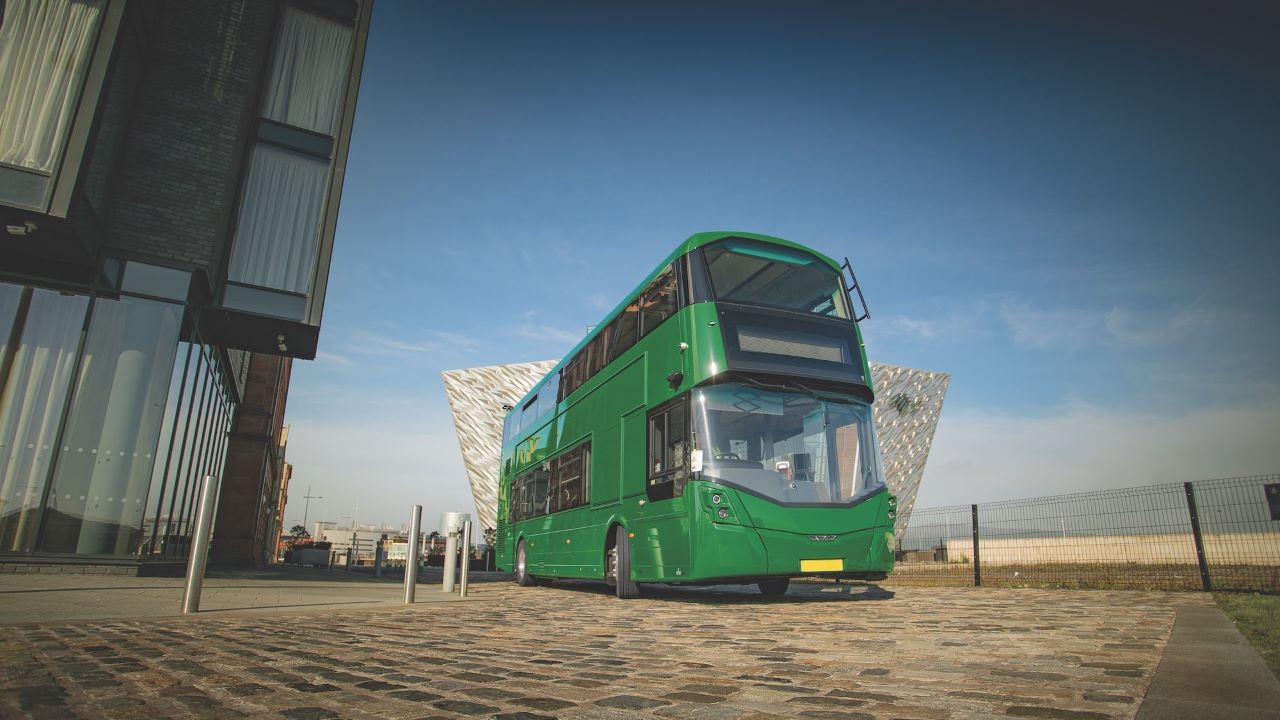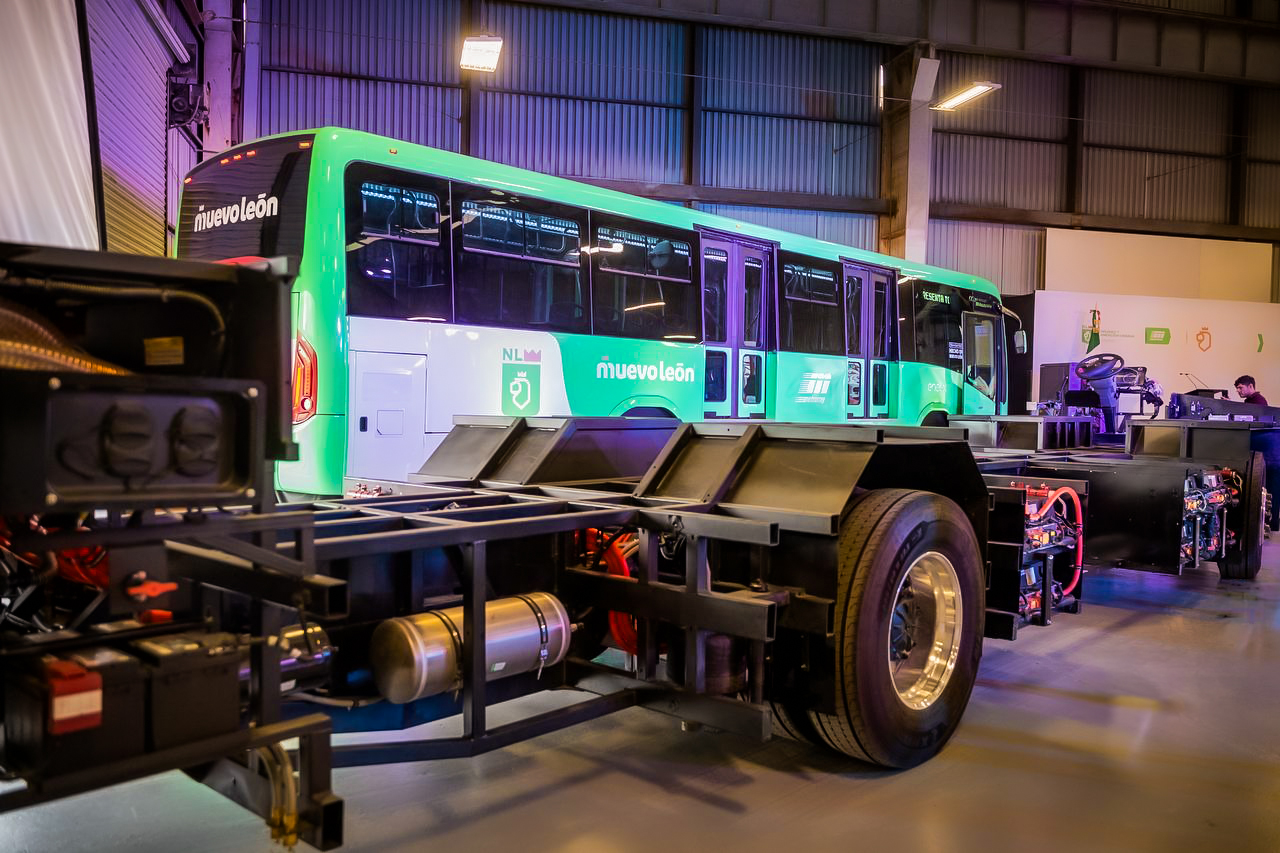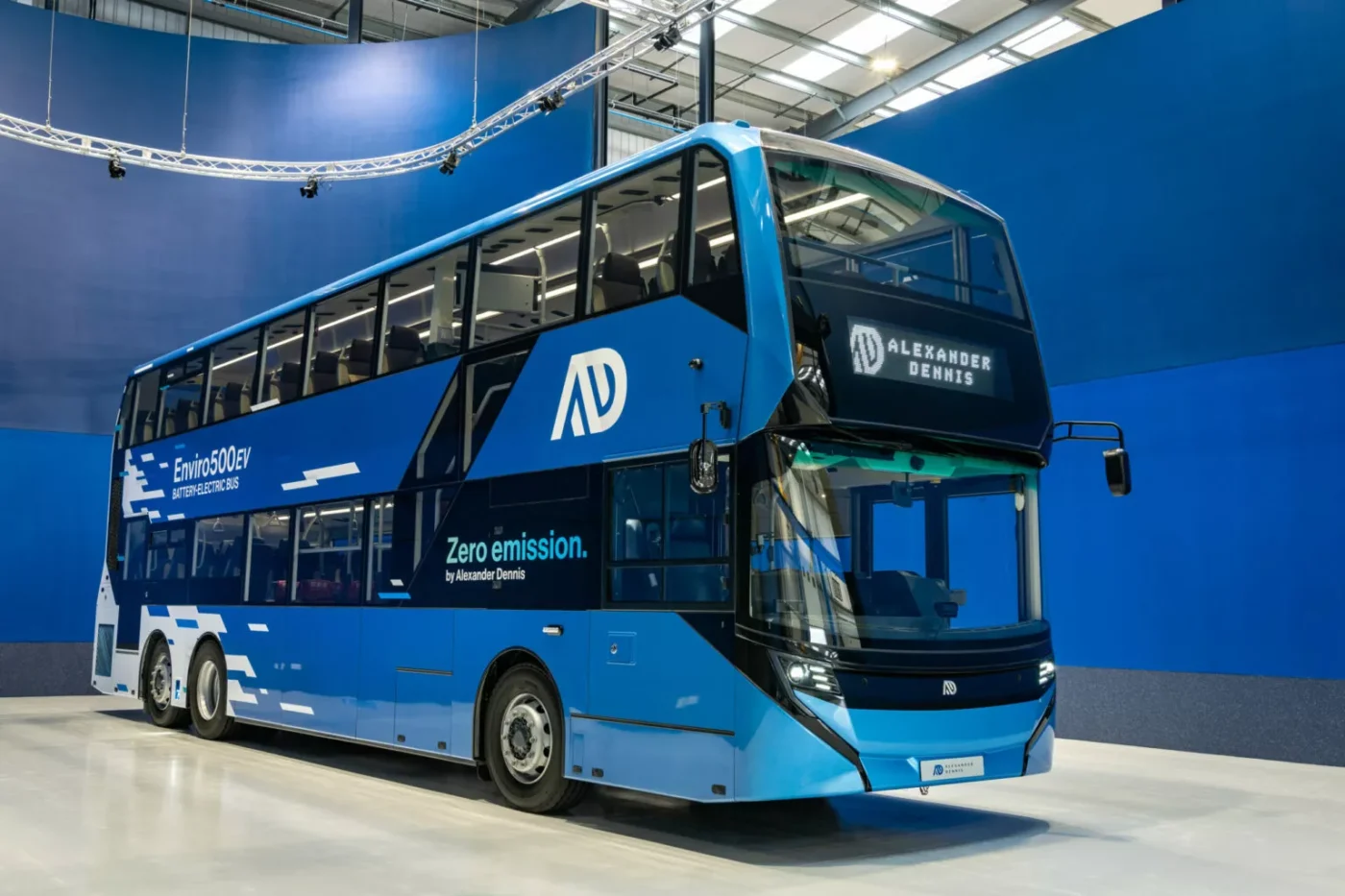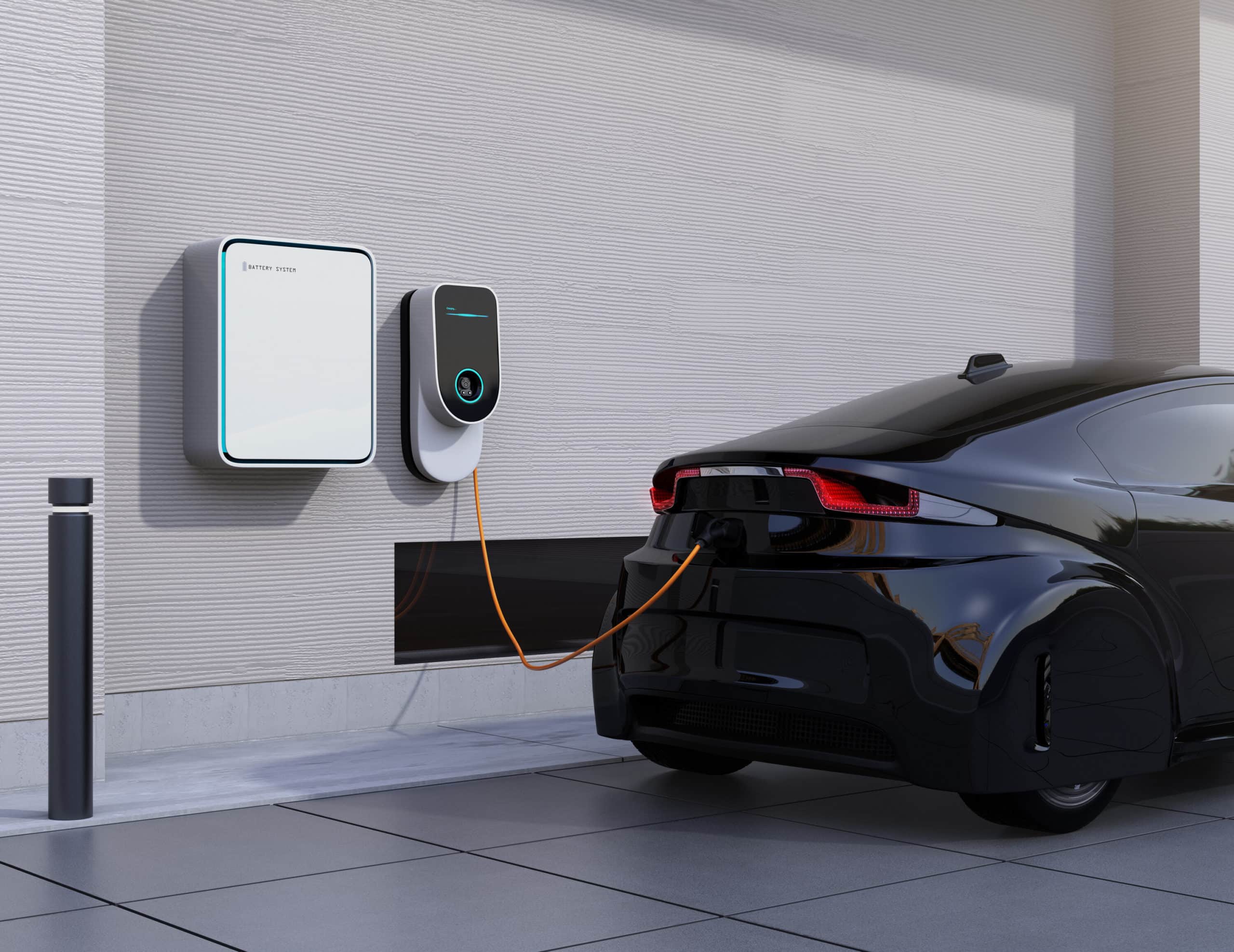The United States Environmental Protection Agency (EPA) has unveiled a substantial funding opportunity, amounting to at least $500 million, through the Clean School Bus rebate competition. This announcement marks the second round of funding and builds upon the initial nearly $1 billion investment in advancing eco-friendly school transportation.
The EPA’s Clean School Bus Program, a product of the Bipartisan Infrastructure Law, harnesses an extraordinary $5 billion in funding aimed at revolutionizing the nation’s school bus fleet. This forward-looking initiative directs financial support towards electric buses, renowned for emitting zero tailpipe emissions, as well as propane and compressed natural gas (CNG) buses, which offer significantly reduced tailpipe emissions compared to their aging diesel counterparts.
See also: EPA to Invest $4 Billion for Developing Clean Ports and Heavy-Duty Vehicle Programs
Under the banner of the 2022 Clean School Bus Rebate Program, the EPA has already distributed approximately $965 million in support of the acquisition of approximately 2,600 buses, with an impressive 95% of them being electric. These rebates were allocated to around 400 school districts, encompassing nearly all 50 states and Washington DC, in addition to several federally recognized Tribes and US Territories. Notably, the selected projects overwhelmingly represent school districts serving low-income, rural, and Tribal students, accounting for a staggering 99% of the total.
In April 2023, the EPA announced the availability of a separate pool of funding, amounting to at least $400 million in grants. These grants are intended to facilitate the acquisition of electric, propane, and CNG buses known for producing either zero or markedly low tailpipe emissions in comparison to their aging diesel counterparts. The application period for these grants has since concluded, and the EPA is poised to unveil the recipients of the grant program later this winter.
This year’s Clean School Bus Rebate Program, featuring a substantial $500 million allocation, encompasses a holistic funding approach that covers not only the cost of the buses but also workforce development and infrastructure expenses for those seeking electric school buses. Applicants have the opportunity to request up to $345,000 per bus, with potential eligibility for Inflation Reduction Act tax credits that can be applied to both bus and infrastructure acquisitions.
See also: Ford Introduces Type A Electric School Bus Based on Top-Selling E-Transit Van
To illustrate, qualifying school buses can benefit from clean vehicle tax credits valued at up to $40,000. A primary objective of the EPA’s Clean School Bus (CSB) Program is to narrow the cost differential between clean and diesel school buses. To this end, the agency has adjusted the funding levels for electric school buses within this rebate program, with the aim of optimizing funding allocation and fostering a sustainable electric school bus market.
The precise funding allocation per bus will hinge on factors such as the applicant’s prioritization status, as well as the type and size of bus replacements sought. The EPA has underscored its commitment to prioritizing applications targeting bus replacements in low-income, rural, and Tribal communities. Furthermore, significant attention will be given to large school districts serving communities with concentrated poverty, particularly if their application emphasizes the introduction of clean school buses in those communities.
The EPA is set to receive rebate applications from September 28, 2023, until January 31, 2024, signaling an extended window of opportunity for stakeholders to engage in this transformative initiative aimed at fostering sustainable and environmentally responsible school transportation.

